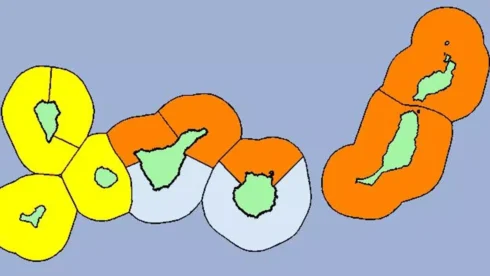A TOTAL of 14,035 irregular migrants have arrived on Spanish shores so far this year, which is a 354% increase on the same period in 2023.
That’s according to the latest figures from the Interior Ministry, as reported by news agency Europa Press, and which show that the relatively low number of 3,094 migrants arrived in the first two months of 2023.
The ministry reports that 13,485 migrants arrived via sea from January 1 to February 29, compared to 2,948 the year before. That’s a rise of 357% from one year to the next.
Of these, as many as 11,932 made it to the coast of the Canary Islands, the Spanish archipelago located off the northwest of Africa.

A further 1,552 would-be migrants made it to either the peninsula or the Balearic Islands, compared to 1,068 in 2023. That’s a rise of 45%, according to the ministry figures.
As for Spain’s North African exclave cities, between January 1 and February 15 there were no arrivals by sea in Ceuta, compared to last year when there were 12.
In the case of Melilla, just one migrant arrived in the same time period, compared to last year when 12 arrivals were registered.
Read more:
- More than 6,600 migrants died in 2023 trying to reach Spain’s shores
- New wave of illegal immigration on repurposed narco-speedboats overwhelming authorities in Almeria
- Amnesty International puts death toll from June 2022 border fence storming at 37 with 76 migrants still unaccounted for








